Class Reptilia
Order Squamata
Suborder Serpentes
Family Colubridae
Coluber sp.—Racers // Coluber constrictor—Eastern Racer // Masticophis sp.—Coachwhip Snakes // Masticophis flagellum—Coachwhip // Masticophis lateralis—Striped Racer // Masticophis mentovarius—Topical Coachwhip
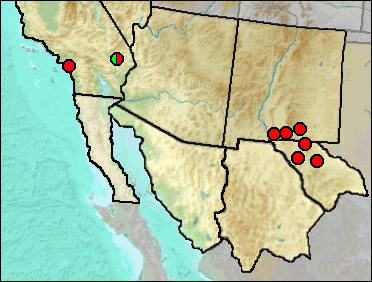
A number of sources, including the authority used here for reptile nomenclature (North American Center for Herpetology), are accepting merger of Coluber and Masticophis under the generic name of Coluber. There appears to be rather strong uncertainty among herpetologists about such acceptance—thus for the time being, I am maintaining the two genera as separate, awaiting greater consensus among the reptilian taxonomists.
In many or perhaps all cases, Coluber and Masticophis vertebrae are indistinguishable (Parmley 1990; Van Devender and Worthington 1977). In general, workers have tended to identify vertebrae from outside the present range of Coluber as Masticophis. However, racers are a definite possibility in parts of the region under Pleistocene conditions. Because of the difficulty in discrimination between these two genera, a compound term often must serve.
Sites.
Irvingtonian/Rancholabrean: Cadiz (Jefferson 2014).
Early Mid or Early Wisconsin: Lost Valley (UTEP).
Mid Wisconsin: Pacific City (Wake and Roeder 2009); Pendejo Cave (Harris 2003).
Mid/Late Wisconsin: Sierra Diablo Cave (UTEP).
Late Wisconsin: Dust Cave (Harris and Hearst 2012); Pendejo Cave (Harris 2003); Upper Sloth Cave (Logan and Black 1979): TT II (UTEP).
Late Wisconsin/Holocene: Conkling Cavern (UTEP); Fowlkes Cave (Parmley 1990); Pendejo Cave (UTEP).
Literature. Harris 2003; Harris and Hearst 2012; Jefferson 2014; Logan and Black 1979; Parmley 1990; Van Devender and Worthington 1977; Wake and Roeder 2009.
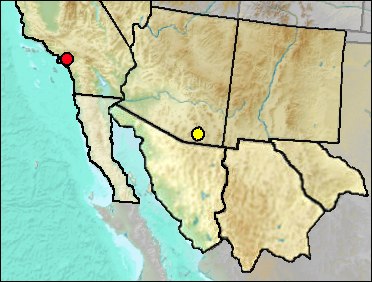
Sites.
Late Blancan: California Wash (Lindsay 1978).
?Late Irvingtonian/Rancholabrean: Emery Borrow Pit (Jefferson 1991a).
Literature. Jefferson 1991a; Lindsay 1978.
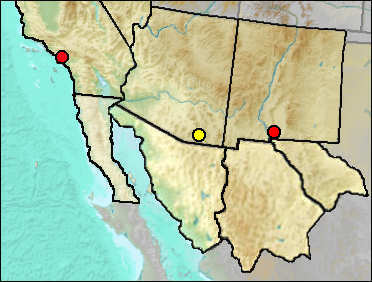
Brattstrom (1964) identified vertebrae from two sites in Bishop's Cap as Eastern Racers. He tentatively separated Masticophis from Coluber on the basis of a less flattened subcentrum keel in the latter.
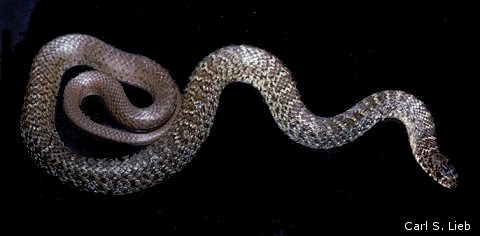
Fig. 1. Coluber constrictor. Photograph courtesy of Carl S. Lieb.
Sites.
Late Blancan: Curtis Ranch (Brattstrom 1955).
Mid Wisconsin: Rancho La Brea (LaDuke 1991).
Mid Wisconsin-Holocene: Shelter Cave (Brattstrom 1964).
Late Wisconsin/Holocene: Conkling Cavern (Brattstrom 1964).
Literature. Brattstrom 1955, 1964; LaDuke 1991.
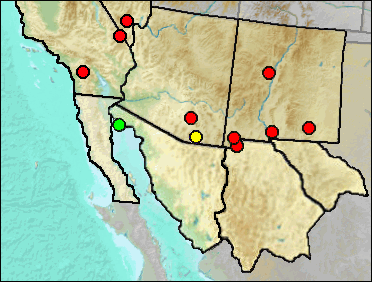
Van Devender and Worthington (1977) stated that the various species of Masticophis cannot be discriminated by vertebral characters. There is a current attempt to merge Masticophis in Coluber.
Sites.
Late Blancan: California Wash (Lindsay 1978).
Irvingtonian: El Golfo (Croxen et al. 2007); Tule Springs (Springer et al. 2005).
Mid/Late Wisconsin: Diamond Valley (Springer et al. 2009).
Late Wisconsin: TT II (Harris 1993c); U-Bar Cave 15-18 ka (Harris 1989).
Late Wisconsin/Holocene: Deadman Cave (Mead et al. 1984); Howell's Ridge Cave (Van Devender and Worthington 1977); Isleta Cave No. 2 (UTEP); Kokoweef Cave (Reynolds, Reynolds, et al. 1991).
Literature. Croxen et al. 2007; Harris 1989, 1993c; Mead et al. 1984; Reynolds, Reynolds, et al. 1991; Springer et al. 2005, 2009; Van Devender and Worthington 1977.
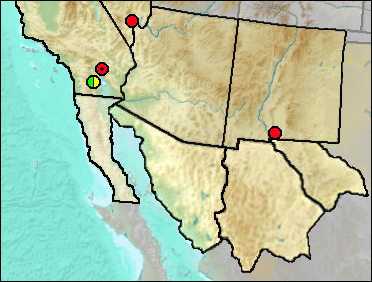
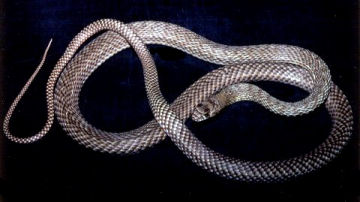
Synonyms. Coluber flagellum. This taxon currently is recognized under this name by the Center for North American Herpetology. Although this web book generally follows the taxonomy of that institution, there seems to be an inordinate amount of controversy about this taxon, and I'll maintain it as M. flagellum for the time being.
Although perhaps absent from the Colorado Plateau area, the Coachwhip otherwise occurs throughout our region in a wide variety of habitats.
Fig. 1. Coachwhip. Photograph by Carl S. Lieb.
Sites.
Late Blancan/Irvingtonian: Vallecito Creek, Anza-Borrego Desert (Cassiliano 1999).
Sangamon: Newport Bay Mesa (Jefferson 1991a).
Mid Wisconsin-Holocene: Shelter Cave (Brattstrom 1964)
Late Wisconsin: Gypsum Cave (Brattstrom 1954)
Literature. Brattstrom 1964; Cassiliano 1999; Jefferson 1991a.
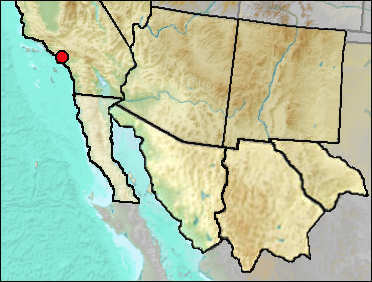
Synonyms. Coluber lateralis.
Mid Wisconsin: Rancho La Brea (LaDuke 1991).
Literature. LaDuke 1991.
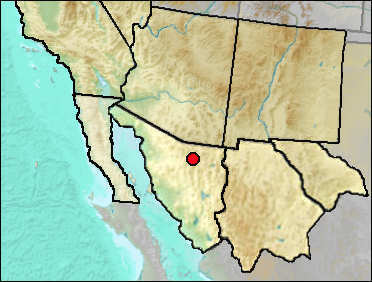
Synonyms. As with M. flagellum, this taxon has usually been considered to be within the genus Masticophis, but some sources currently recognize it as Coluber mentovarius.
Sites.
Sangamon: La Brisca (Van Devender et al. 1985: cf.).
Literature. Van Devender et al. 1985.
Last Update: 6 Jan 2016